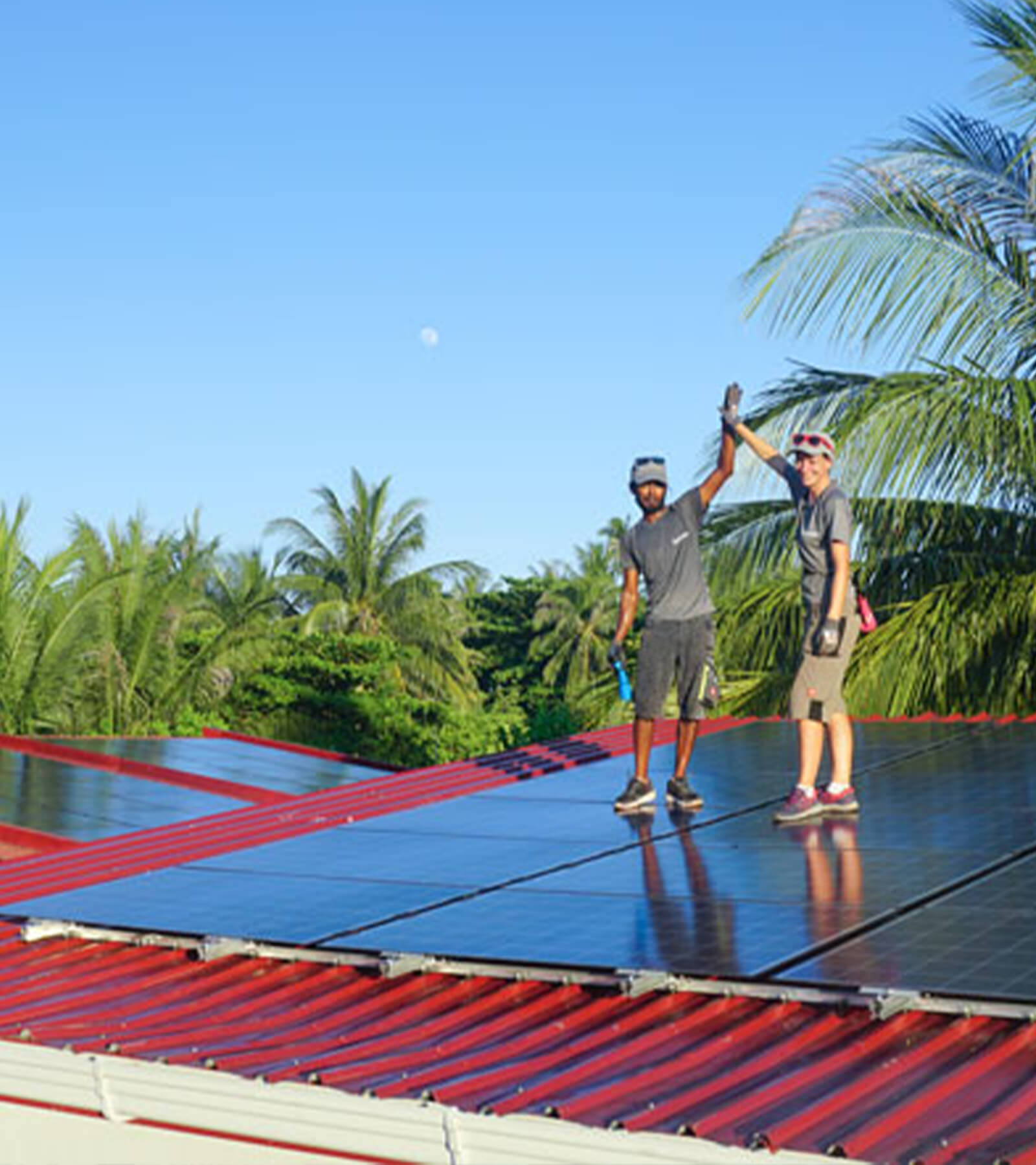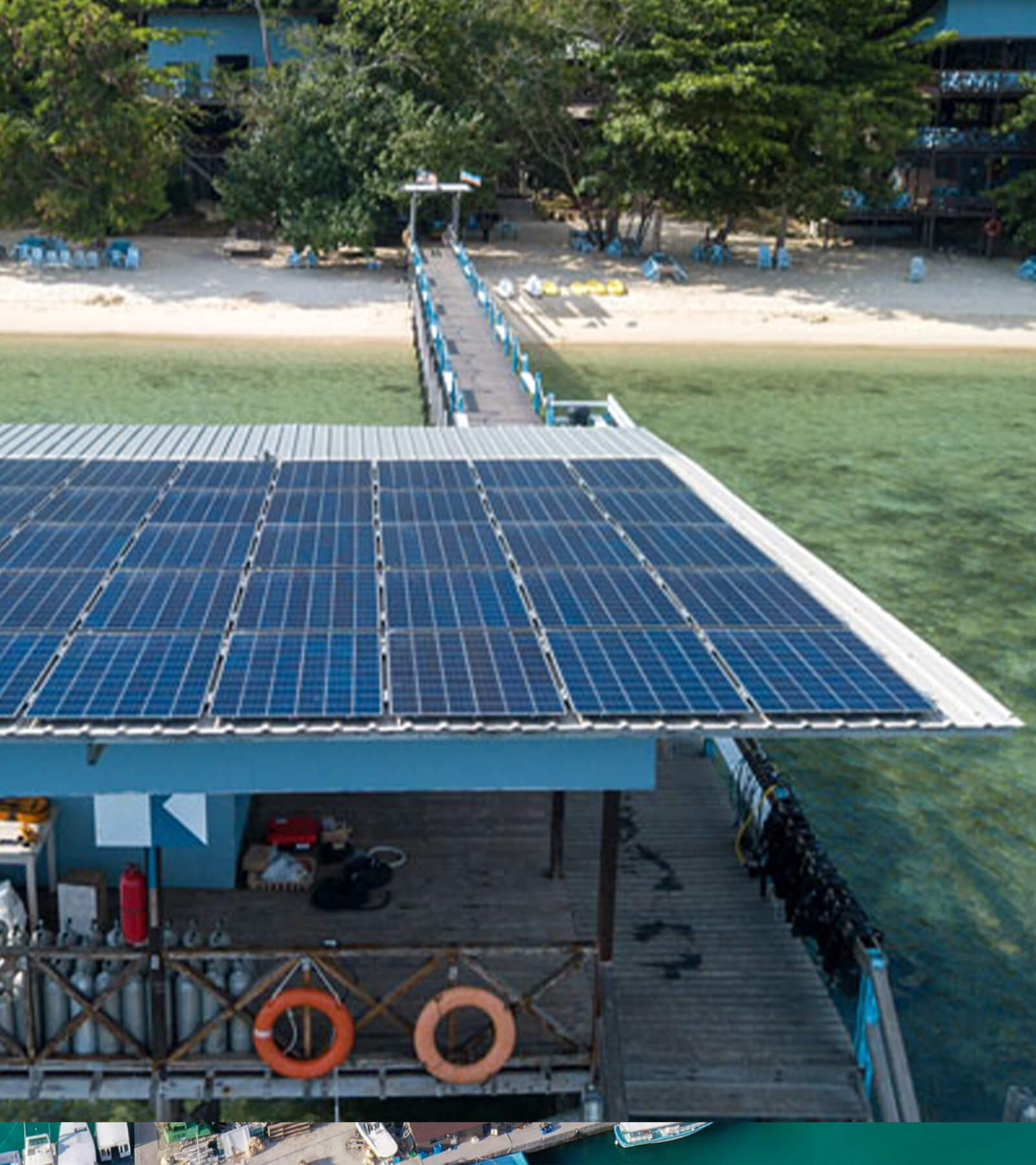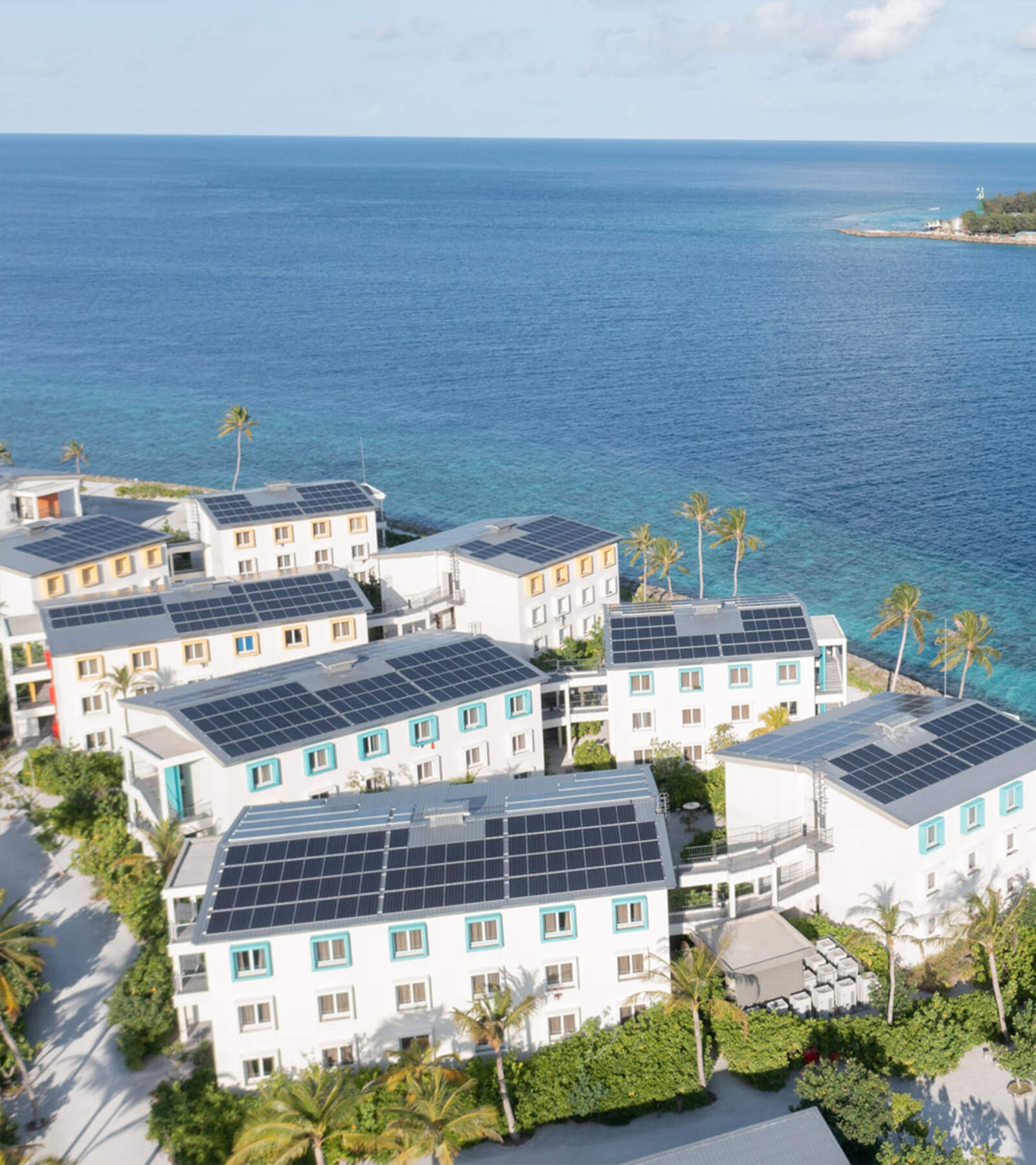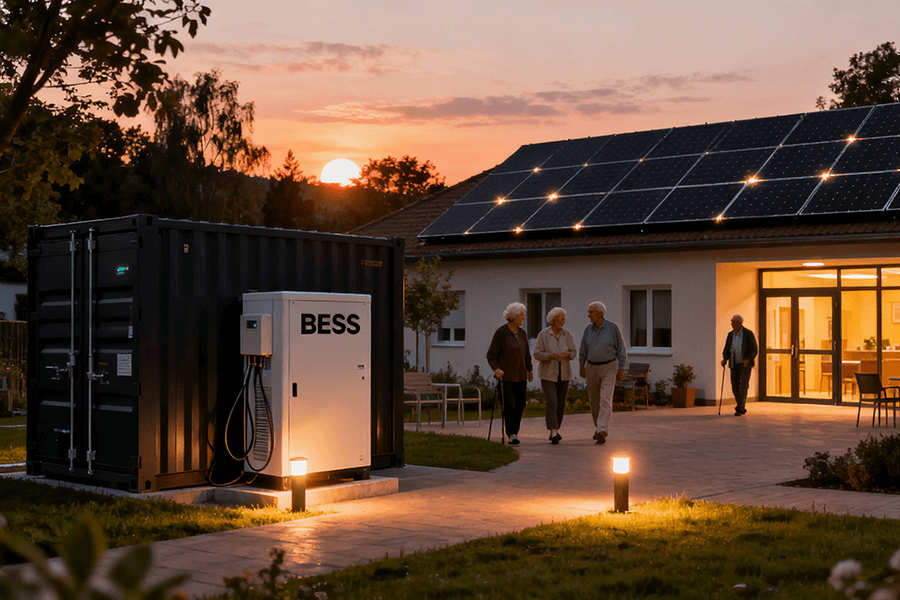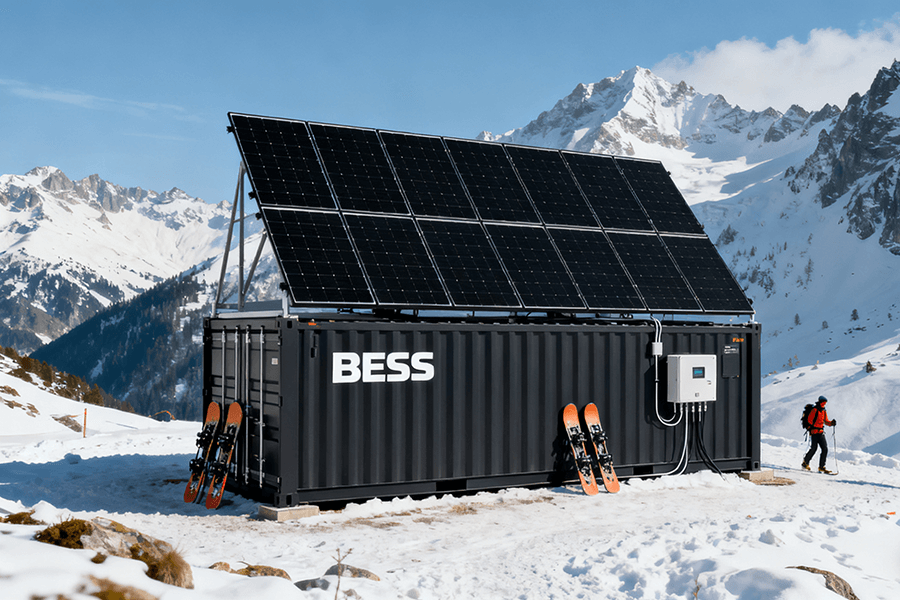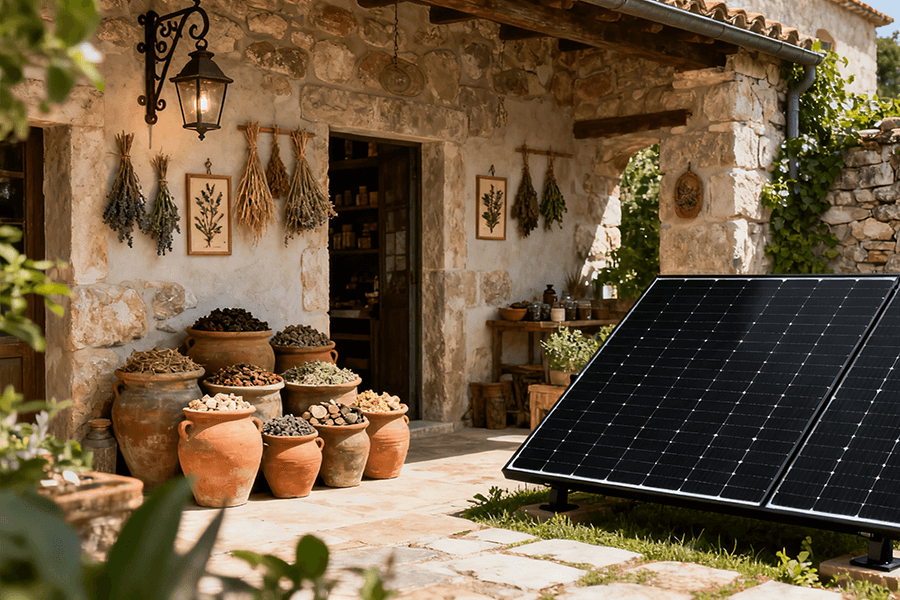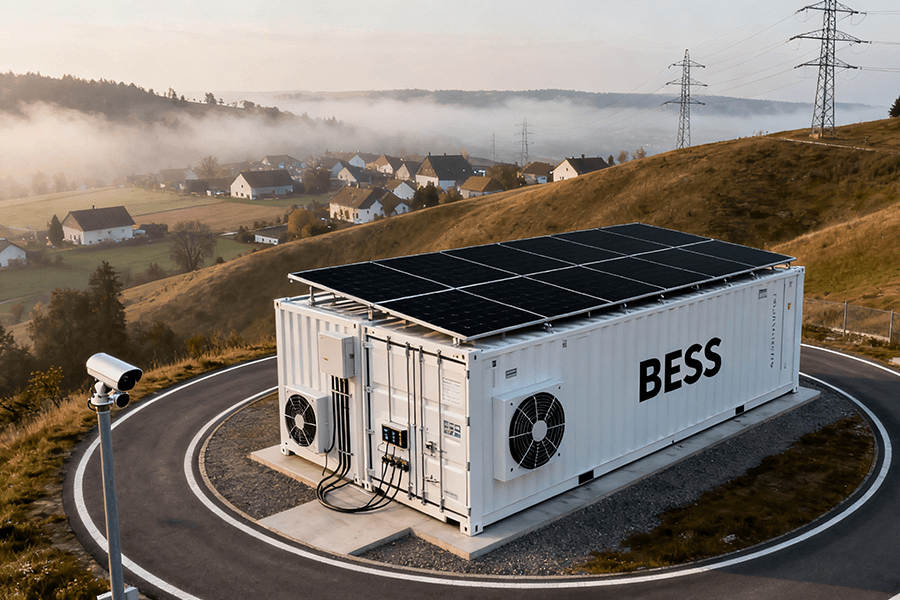
The Grid’s “Imbalance Headache” and Why Static Fixes Fail
What Is Three-Phase Load Balancing?
First, let’s decode the jargon: Three-phase load balancing is the grid’s way of splitting electrical load evenly across three “phases” to keep everything running smoothly.
Think of it as dividing a pizza equally among three people—no one goes hungry, no one gets a stomachache. When balanced, each phase carries roughly 33% of the total load, ensuring efficient power delivery and minimal strain on equipment.
The Crisis: EU Standards vs. Real-World Reality
The EU’s strict standard is clear: Load imbalance must stay below 3% (ENTSO-E Grid Codes, 2025).
But here’s the alarming gap between regulation and practice:
-
Peak Hour Failures: During evening peaks (7–9 PM, when EV charging and home heating collide), 40% of urban grids exceed 8% imbalance (IEA, 2025).
-
Analogy Breakdown: That’s like giving one person two-thirds of the pizza and expecting the other two to survive on crumbs—unsustainable and destined to fail.
The Cost of Imbalance: Broken Equipment and Lost Revenue
The consequences of poor balancing are far from trivial—they hit utilities’ bottom lines hard:
-
Transformer Failures: 32% of European distribution transformer overheating incidents trace back to phase imbalance (CIGRE Technical Report 654, 2024).
-
Price Tag for Repairs: Replacing a single transformer costs upwards of €150,000.
-
Customer Impact: Downtime leaves households and businesses without power, damaging utility reputation and triggering compensation claims.
These transformers—think of them as the grid’s “power translators,” converting high-voltage grid power to usable household electricity—end up working overtime. Their metal cores glow hot like a forgotten toaster, wearing out insulation and shortening lifespan by 30–50%.
Why Static Balancers Can’t Keep Up
Traditional static load balancers were once the go-to fix, but they’re ill-equipped for today’s dynamic grid. Think of them as the grid’s equivalent of a hand-me-down bicycle—functional for simple tasks, but useless for modern demands.
Their fatal flaw? They’re calibrated for fixed load profiles. When a neighborhood’s EV chargers all kick on at once, or a new apartment building adds 50 heat pumps, static balancers just stare blankly.
It’s like trying to fix a shifting sand dune with a shovel—you’re always reacting to problems, never preventing them, and falling further behind with each new load.
The Solution: BESS Containers as Grid Game-Changers
Luckily, Battery Energy Storage System (BESS) containers have arrived to turn the tide. These portable, intelligent storage units aren’t just “batteries on wheels”—they’re the grid’s new Swiss Army knife, with three key advantages over static solutions:
-
Real-Time Adaptability: Adjust to load spikes in milliseconds, not minutes.
-
Multi-Functionality: Balance phases, store energy for peak shaving, and provide backup power.
-
Portability: Deploy where needed most, no costly infrastructure overhauls.
How BESS Containers Fix the Imbalance: Speed and Smarts
BESS containers don’t just balance loads—they do it with the precision of a neurosurgeon and the speed of a Formula 1 driver. Their success hinges on two core capabilities, tailored to different grid scenarios:
Dynamic Load Shifting: 50ms to Save a Transformer
The Technology Behind the Speed
The secret weapon? Intelligent controllers that act like the grid’s “traffic cops.” These AI-powered systems combine three key technologies:
-
Real-time IoT Sensing: Monitors voltage, current, and power factor for each phase 100 times per second, detecting overloads in as little as 10ms.
-
Bidirectional Inverters: Instantly switch between charging and discharging to shift power across phases without grid disruption.
-
Edge Computing: Processes data locally to avoid cloud latency, ensuring decisions happen in milliseconds.
When one phase starts to strain—say, from a cluster of 20+ EV chargers kicking on after work—the system springs into action:
-
The controller detects the overload and calculates the exact power needed to rebalance.
-
The bidirectional inverter pulls power from underloaded phases (or the BESS’s stored energy).
-
The power is routed to the strained phase, restoring balance.
This entire process takes just 50ms—faster than the blink of an eye (which averages 100–400ms) and 12,000 times faster than static balancers.
The result? Loads stay within 1% of balance, well below the EU’s 3% threshold. Static balancers, by contrast, require a technician to manually adjust settings—taking 10+ minutes and costing €500 per service call for urgent issues.
Munich’s urban grid learned this lesson firsthand. In 2024, the city deployed a 400kWh BESS container in its busy Schwabing district, where phase imbalance had hit 9%—triple the EU limit. The results were nothing short of dramatic:
|
Metric
|
Before BESS Deployment
|
After BESS Deployment
|
Improvement
|
|---|---|---|---|
|
Phase Imbalance
|
9% (3x EU limit)
|
2% (well within EU standard)
|
78% reduction
|
|
Transformer Overheating Incidents
|
12 per year (costing €180k in repairs)
|
3 per year (€45k in repairs)
|
75% reduction + €135k annual savings
|
|
Transformer Lifespan
|
14 years (standard lifespan)
|
20 years
|
6 years extended (avoids €150k replacement cost)
|
|
Energy Losses
|
4.2% of distributed power
|
1.8% of distributed power
|
57% reduction (€28k annual savings)
|
Distributed Balancing: Small BESS, Big Impact for Neighborhoods
Why Residential Grids Need Specialized Solutions
Residential areas are ground zero for phase imbalance, driven by three trends:
-
EV Proliferation: 45% of Dutch suburban households now own an EV (CBS, 2024), and most charge them at home during evening peaks.
-
Heat Pump Growth: 1 in 3 new homes in Europe uses a single-phase heat pump, adding 3–5kW of load per unit.
-
Smart Home Devices: Connected appliances (ovens, dryers, solar inverters) create unpredictable load spikes.
A single neighborhood with 50 EV chargers can tip a phase’s load to 120% of its capacity faster than a kid with a sugar rush.
How Small-Scale BESS Solves the Problem
Traditional centralized solutions (large substations) struggle here because:
-
Power loss increases with distance—sending 10kW from a downtown substation to a suburban home wastes 1–2kW.
-
Latency causes “reactive balancing” (fixing issues after they happen) instead of proactive prevention.
Small-scale BESS containers (150kWh–300kWh) fix this by acting as “neighborhood microgrids”: – Deployed in parking lots or utility closets, 50–100 meters from the heaviest loads. – Balance phases locally, cutting energy loss by 30–40%. – Communicate with each other to avoid overlapping interventions.
Rotterdam’s suburban Prins Alexander district tested this distributed approach in 2023, adding five 200kWh BESS containers (one per residential block) to serve 2,500 households. The area’s EV adoption hit 45%—well above the Dutch average of 32% (CBS, 2024)—and phase imbalance had spiked to 11% during evening peak hours.
The results were transformative: Before deployment, phase-related power outages plagued 15+ households monthly; after, that number dropped to 6. Voltage stability improved by 22%, and residents stopped complaining about flickering lights when their neighbors charged their cars or ran their heat pumps.
The local utility also noted a 3.1% reduction in energy losses for the district, translating to €19,000 in annual savings.
The Bottom Line: BESS Saves Money (and Makes Money)
Let’s be real—grid operators care about two things: keeping the lights on and keeping costs down. BESS containers deliver on both, and then some.
They’re not just a “fix”—they’re a revenue generator.
Lower Costs Than Static Balancers: 35% Savings Over 10 Years
The Hidden Costs of Static Balancers
Static balancers seem cheap upfront (€25k–€35k/unit), but their total cost of ownership (TCO) balloons due to:
-
Manual Reconfiguration: €5,000 per visit, 4–6 times per year as loads change.
-
Downtime: 2–3 business days per service, costing utilities €1,000/day in lost revenue.
-
Obsolescence: Need replacement every 5–7 years, vs. 10–12 years for BESS.
-
Single Function: No additional value beyond balancing—unlike BESS, which stores energy.
BESS: The All-in-One Cost Saver
BESS containers eliminate these hidden costs with:
-
Autonomous Adaptation: AI controllers adjust to load changes in real time—no human intervention needed.
-
Long Lifespan: LFP batteries last 10–12 years, with 3,000+ charge cycles.
-
Multi-Functionality: One device handles balancing, peak shaving, backup power, and solar integration.
IRENA’s 2025 report confirms the math: Over 10 years, BESS TCO averages €0.08/kWh vs. €0.12/kWh for static systems (IRENA, 2025).
IRENA’s 2025 report confirms the math: Over 10 years, BESS containers cost 35% less than static balancers, with total ownership costs averaging €0.08/kWh vs. €0.12/kWh for static systems (IRENA, 2025).
Valencia’s grid operator learned this when it needed to upgrade four substations in 2023. Choosing BESS containers over static balancers saved them €150,000 upfront—and that’s not counting the ongoing savings from reduced maintenance. The math speaks for itself:
|
Cost Category
|
4 Static Balancers
|
2 BESS Containers (400kWh each)
|
Savings
|
|---|---|---|---|
|
Upfront Cost
|
€140,000 (€35k/unit)
|
€80,000 (€40k/unit, includes AI controller)
|
€60,000
|
|
10-Year Maintenance
|
€120,000 (4 reconfigurations/year at €5k each)
|
€30,000 (remote monitoring + annual battery check)
|
€90,000
|
|
Additional Revenue (Peak Shaving)
|
€0 (no energy storage capability)
|
€110,000 (€11k/year average)
|
+€110,000 (net gain)
|
|
Total 10-Year Net Cost
|
€260,000
|
€-30,000 (costs minus revenue)
|
€290,000 (112% net benefit)
|
Dual Services: Earn While You Balance
The Dual Revenue Model Explained
BESS containers generate income from two distinct grid services—creating a “double dip” for operators:
-
Primary Service: Load Balancing – Utilities pay €10–€15/kW/year for keeping phases balanced. – Brussels’ 300kWh unit earns €14k/year here.
-
Secondary Service: Peak Shaving – Buy energy at off-peak (€0.12/kWh) and sell at peak (€0.45/kWh). – Same Brussels unit nets €11k/year here.
Brussels’ grid operator deployed a 300kWh BESS container at its Anderlecht substation in 2022, and it’s been a cash cow ever since. The container’s dual role is key:
During morning (7–9 AM) and evening (6–8 PM) peaks, it shifts power between phases to keep imbalance under 2%, earning €14,000 annually from Belgium’s grid balancing market.
Then, during peak price hours (typically 5–7 PM when electricity hits €0.45/kWh), it discharges stored energy (bought at off-peak €0.12/kWh) back to the grid, netting €11,000 in annual peak shaving revenue.
That’s €25,000 in extra income per year—enough to cover the container’s €8,000 annual maintenance costs three times over (ELU Brussels, 2024 Financial Report). For context, a single static balancer at the same substation would have cost €30,000 upfront and generated zero additional revenue.
Why Maxbo Solar Is Your BESS Partner (From Someone Who Lives This)
Engineering for Europe’s Unique Challenges
As the Senior BESS Solutions Architect at Maxbo Solar, I’ve seen firsthand how generic BESS fails in Europe. We design specifically for the continent’s climate and grid rules:
-
Cold Climate Performance: Triple-insulated enclosures + low-temperature BMS (operates down to -20°C) for Munich, Berlin, and Stockholm.
-
Coastal Corrosion Resistance: Marine-grade stainless steel + IP67 components for Rotterdam, Barcelona, and Lisbon—saving €20k+ in premature repairs.
-
EU Compliance: Meets IEC 62933 (safety) and EN 50530 (efficiency) standards—no extra certification costs.
For Rotterdam’s coastal humidity, we use marine-grade stainless steel frames and IP67-rated components to prevent corrosion—a detail that’s saved clients from €20k+ in premature repairs.
We also design to EU’s IEC 62933 standard for BESS safety, so our containers integrate seamlessly with existing grid infrastructure without extra compliance headaches.
Our Sweet Spot: 150kWh–400kWh Containers
We focus on the range that delivers the best ROI for European grids, with two tailored models:
|
Model
|
Capacity
|
Ideal Use Case
|
Key Feature
|
|
MaxBESS 150
|
150kWh
|
Residential Neighborhoods
|
Compact design (fits in 2 parking spaces)
|
|
MaxBESS 400
|
400kWh
|
Urban Substations
|
Dual inverter for high-power shifts
|
The MaxAI Difference
Our in-house MaxAI Controller is what sets us apart. Unlike off-the-shelf software, it:
-
Learns Local Patterns: Analyzes 6 months of historical data to predict EV charging surges, heat pump use, and solar generation.
-
Pre-Emptive Balancing: Shifts power before imbalances occur, keeping phases within 0.5% of balance during peaks.
-
Integrates Seamlessly: Works with existing SCADA systems (Siemens, ABB) without custom coding.
We pair MaxAI with LFP batteries—safer, longer-lasting, and more sustainable than traditional lithium-ion.
Paired with our in-house MaxAI Controller, these systems don’t just react to imbalances—they predict them. The AI analyzes 6 months of historical load data to identify patterns (like Friday evening EV charging surges) and pre-positions power across phases, keeping balance within 0.5% during even the busiest hours. It’s like giving the grid a crystal ball, not just a fire extinguisher.
We’re More Than a Supplier—We’re a Partner
Our service doesn’t end at delivery. We provide a full lifecycle package:
-
On-Site Training: Teach your team to operate and maintain the system.
-
24/7 Remote Monitoring: Our Madrid operations center tracks performance and alerts you to issues.
-
Revenue Optimization: Help negotiate better rates for peak shaving and balancing services.
The result? They saved €80,000 in the first year and earned €22,000 in extra revenue. That’s the Maxbo difference.
Curious how we can tailor a solution for your grid? Head to www.maxbo-solar.com to browse our European case studies—including a deep dive into the 5-container deployment we did in Rotterdam—or schedule a free grid assessment.
Our team speaks 5 European languages, and we offer 24/7 remote monitoring from our Madrid operations center, so you’re never alone if you need support.
We don’t just sell BESS containers—we help you balance your loads, cut costs, and turn your grid into a revenue-generating asset. That’s the Maxbo difference.
Conclusion: The BESS Revolution Is Just Beginning
The Grid’s Growing Pressure
Europe’s grid faces unprecedented demand from two unstoppable trends:
-
EV Adoption: 60% of new car sales will be electric by 2030 (EEA, 2025), adding 100GW of load by 2035.
-
Heat Pumps: Installations growing at 18% annually (ACEEE, 2025), with 70% of new units being single-phase.
Static balancers, stuck in a “one-and-done” mindset, can’t keep up with this dynamic load growth.
Static balancers, stuck in a “one-and-done” mindset, can’t keep up with this dynamic load growth. BESS containers, though? They thrive on it—adapting to new loads, integrating renewables, and turning chaos into control.
BESS: The Cornerstone of a Resilient Grid
These portable powerhouses deliver three irreplaceable benefits:
-
Real-Time Balance: Fixes imbalances in 50ms, protecting transformers and cutting energy loss.
-
Cost Efficiency: 35% lower TCO than static balancers, plus revenue from dual services.
-
Sustainability: A single 400kWh BESS reduces grid emissions by 12 tons/year (BloombergNEF).
Beyond that, they cut energy losses and reduce carbon footprints—a single 400kWh BESS container reduces grid-related emissions by 12 tons annually, per BloombergNEF.
The 2035 Prediction
Industry data points to a clear future: By 2035,
-
BESS containers will handle 50% of EU residential-grid three-phase load balancing needs.
-
They’ll manage 40% of urban substation balancing (BloombergNEF, 2025).
The grid’s “imbalance headache” isn’t going away—but with BESS containers, it’s finally got a cure. And at Maxbo Solar, we’re proud to be the ones handing out the prescription.

